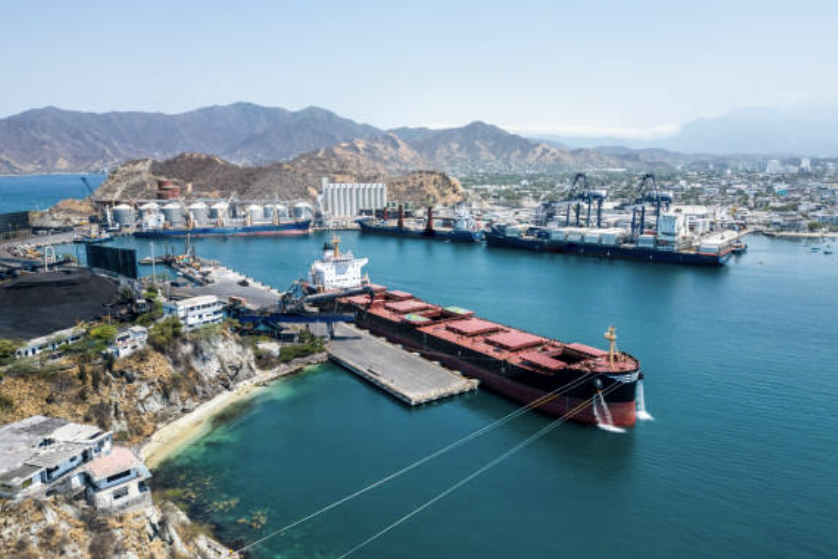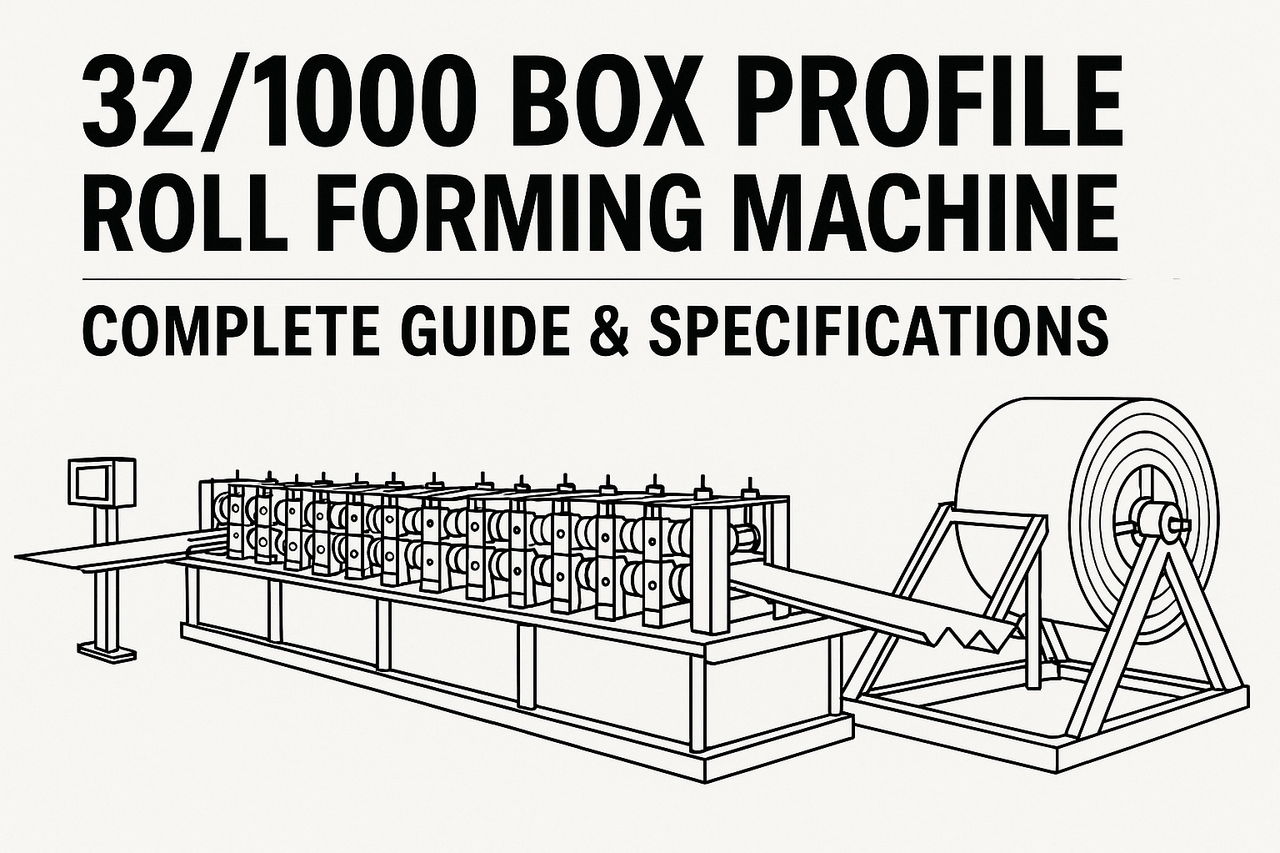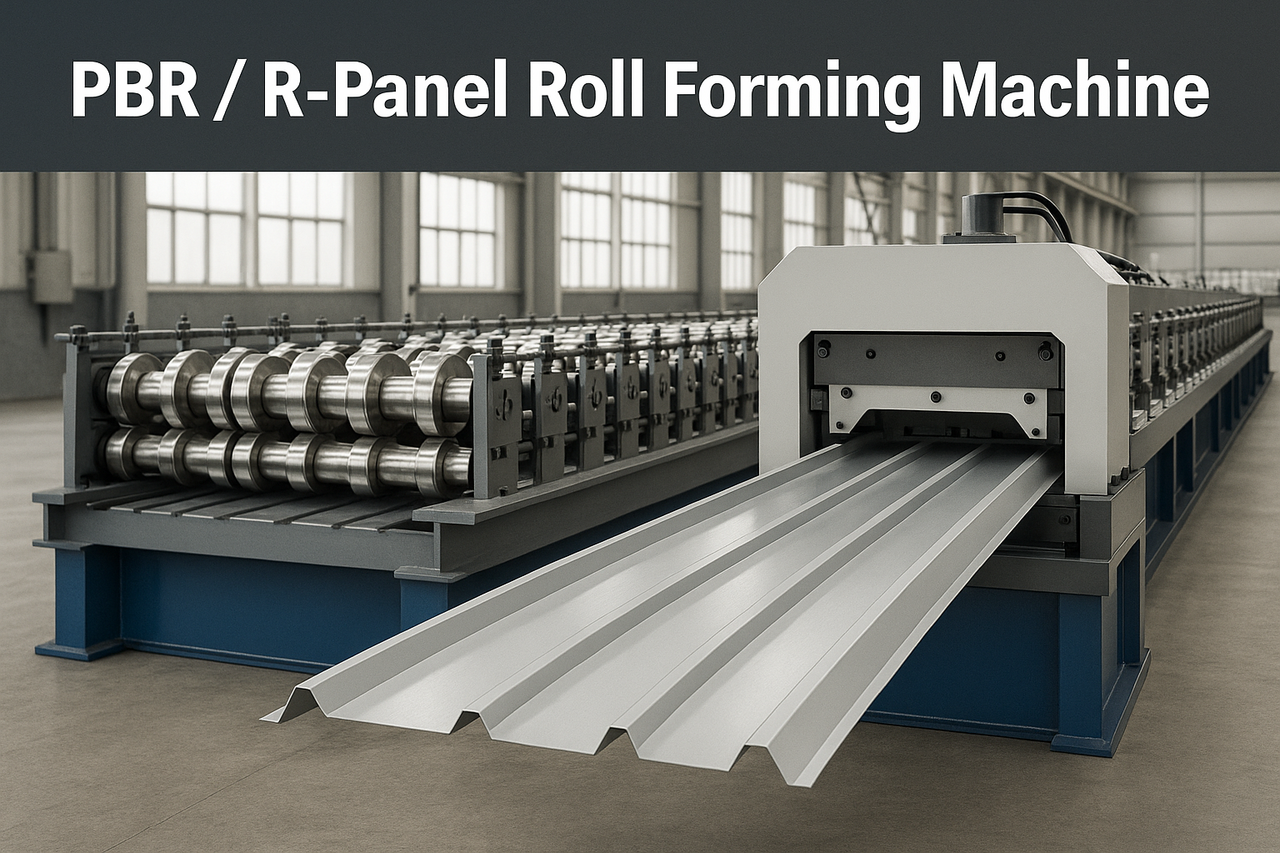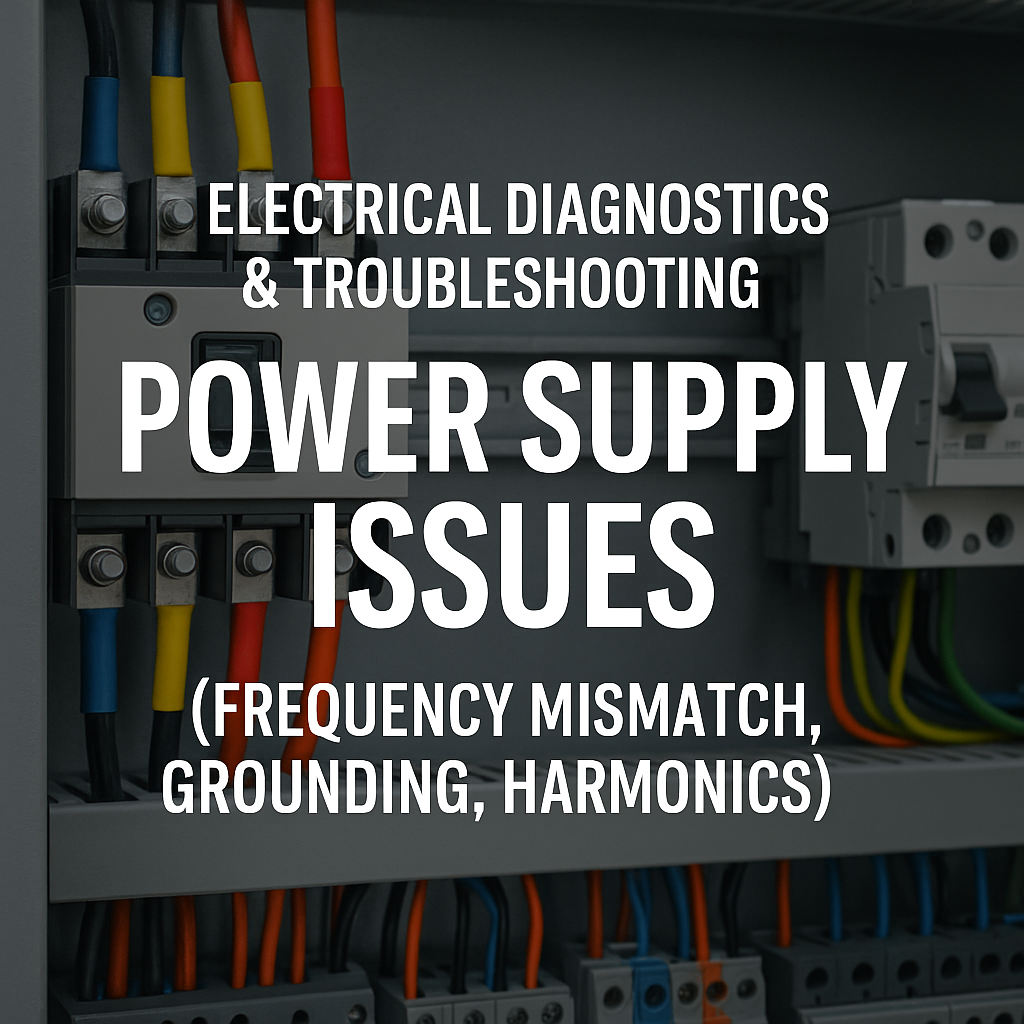
Posted on Friday, November 1, 2024
Importing roll forming machines into Colombia involves several key steps to ensure compliance with local regulations and smooth customs clearance. Here's a comprehensive guide to assist you through the process:
1. Understand Import Regulations
Colombia has specific procedures for importing machinery:
2. Compliance with Technical Standards
Ensure that the roll forming machine complies with Colombian technical standards and certifications. This may involve obtaining conformity assessments from relevant authorities to confirm that the machinery meets safety and operational requirements.
3. Tariffs and Taxes
Be prepared to pay applicable customs duties and the Value Added Tax (VAT):
4. Documentation Requirements
Prepare the following documents for customs clearance:
5. Engage a Licensed Customs Broker
Given the complexity of Colombian import procedures, it's advisable to work with a licensed customs broker. They can assist with documentation, compliance, and facilitate the customs clearance process.
6. Plan for Inspections
Colombian customs authorities may inspect the machinery to verify compliance with import declarations and technical standards. Ensure that all documentation is accurate and that the machine meets the required specifications to avoid delays.
7. Post-Clearance Obligations
After customs clearance, retain all import-related documents for at least five years, as they may be required for audits or inspections by Colombian authorities.
By following these steps and ensuring compliance with Colombian import regulations, you can facilitate the successful importation of roll forming machines into Colombia.

32/1000 Box Profile Roll Forming Machine – Complete Guide & Specifications
Posted on Sunday, November 16, 2025
High-performance 32/1000 box profile roll forming machine for roofing and cladding. Full specifications, profiles, applications, pricing

PBR / R-Panel Roll Forming Machine – Complete Guide & Specifications
Posted on Sunday, November 16, 2025
PBR / R-Panel roll forming machine for roofing and wall cladding. Full specs, profiles, applications, pricing, and global buying guide. Built to order.

Posted on Sunday, November 16, 2025
How to Diagnose and Fix the Hidden Electrical Problems That Cause Downtime
Copyright 2025 © Machine Matcher.